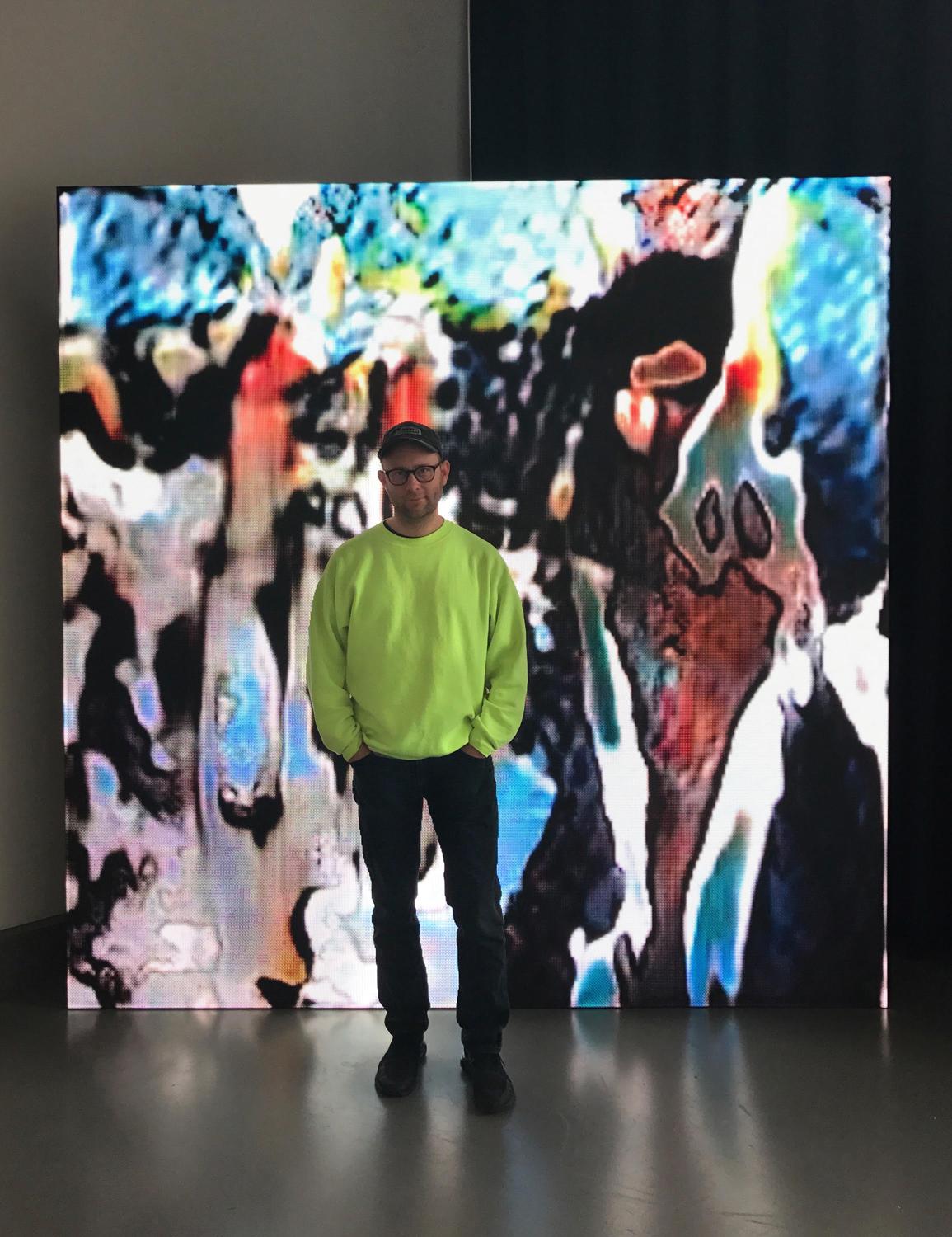Christopher Meerdo's grandfather was a World War II veteran and inveterate tinkerer who lived in a squat, 1,200-square-foot house near the Bay City area of Michigan. When he wasn't working in his garden or crafting toys and furniture in the woodworking shop out back, he spent much of his time photographing the home and its goings on, documenting the life he shared with his wife and four kids.
When Meerdo was 15, his grandfather passed away and in his will bequeathed his grandson his twin-lens Rolleiflex and archive of negatives that included images from the war and the photos he had taken of his family and their home. A few years later, as an undergraduate photography student at Northern Michigan State University, Meerdo returned to snap images of the house from the same vantage points, and with the same camera, his grandfather had used.
"That was the first time I started thinking about photography in a more conceptual way, about images as archives versus just individual photos," says Meerdo, who joined UNT's College of Visual Arts and Design in fall 2019 as an associate professor of photography and new media. "Considering photography as a cultural phenomenon is a really different way of thinking. How do you, as an artist, engage with history?"
His grandfather also left him the compass he carried during the war, an unintentionally apt metaphor when you consider all the ways he pointed his grandson toward a future in photography. And his presence lingers -- on the bookshelf in Meerdo's office, there's a handmade photo album, still shrink-wrapped from his move to Denton, that contains his grandfather's images at home and abroad.
"His images were either of his World War II buddies or family or the house, so it was a very vernacular practice," Meerdo says. "That got me thinking of vernacular photography as something that's important -- photography is used for so many different types of things, from mug shots to crime scene photos to passports to family pictures. It's not just artists who are picking up cameras but everyday people."
